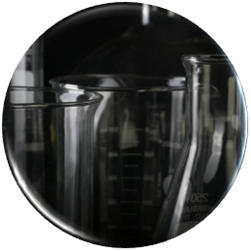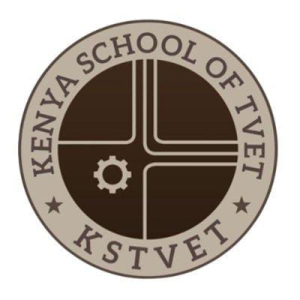Lab practice
Completion requirements
3. Methods of waste disposal in the lab
•


Segregation: Wastes should be sorted and segregate based on its characteristic such as chemical, biological radioactive or general wastes
•Recycling and reuse: Many laboratory wastes can be recycled and used again, such as glass or plastic containers.
•Radioactive wastes: should be handled according to the specific protocol outlined by radiation safety regulation. This often involves specials container and disposal method to minimize exposures risks.
•Incineration: Some laboratory wastes can be safely burned using high-temperature incinerators.
•Deep well injection: Certain waste materials can be injected deep into the ground where they can be safely contained.
•Biological treatment: Certain organic laboratory wastes can be broken down using biological processes, such as composting or bioreactor treatment.
•Specialized disposal: Some laboratory wastes, such as radioactive or hazardous materials, require specialized disposal methods to ensure safety for the environment and public health. Environment, such as paper, cardboard, and plastic.
•Chemical treatment: Certain chemicals can be treated to neutralize their harmful effects before disposal.
•Sharp waste: Sharp wastes such as needles blade and broken glassware should be collected in a puncture resistance containers and disposed in accordance with local regulation..
•Hazardous wastes disposal services: laboratory often contract with licenses hazardous wastes companies to safely collect and dispose of hazardous materials in compliance with regulation..
•Landfill disposal: Solid laboratory wastes such as paper, plastic, and other materials can be disposed off in a landfill.
